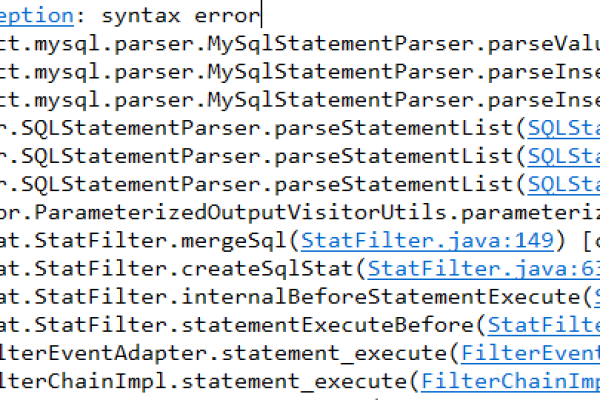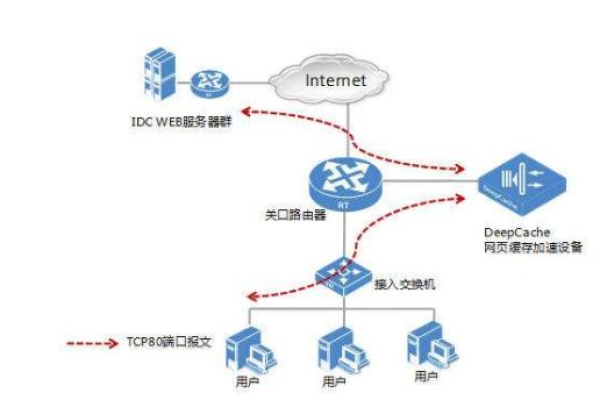如何使用C高效抓取网页数据并存储到数据库?
- 行业动态
- 2025-01-27
- 1
HttpClient 发送 HTTP 请求获取网页数据,再用
HtmlAgilityPack 解析 HTML 提取信息并存入
数据库;或用正则表达式匹配网页中的数据模式来抓取数据。
在C#中抓取网页数据库通常需要借助于一些网络请求库和数据处理工具,以下是几种常见的方法:
使用HttpClient类
1、发送GET请求:
创建HttpClient实例,并使用GetAsync方法发送GET请求到目标网页的URL。
using System;
using System.Net.Http;
using System.Threading.Tasks;
class Program
{
static async Task Main(string[] args)
{
using (HttpClient client = new HttpClient())
{
string url = "https://example.com/data";
HttpResponseMessage response = await client.GetAsync(url);
response.EnsureSuccessStatusCode();
string responseBody = await response.Content.ReadAsStringAsync();
Console.WriteLine(responseBody);
}
}
}
上述代码中,首先创建了HttpClient对象,然后通过GetAsync方法向指定的URL发送GET请求,如果请求成功,将返回响应内容并将其输出到控制台。
2、发送POST请求:
如果需要向网页提交数据以获取数据库中的信息,可以使用PostAsync方法。
using System;
using System.Collections.Generic;
using System.Net.Http;
using System.Text;
using System.Threading.Tasks;
class Program
{
static async Task Main(string[] args)
{
using (HttpClient client = new HttpClient())
{
string url = "https://example.com/api/data";
var values = new Dictionary<string, string>
{
{ "key1", "value1" },
{ "key2", "value2" }
};
var content = new FormUrlEncodedContent(values);
HttpResponseMessage response = await client.PostAsync(url, content);
response.EnsureSuccessStatusCode();
string responseBody = await response.Content.ReadAsStringAsync();
Console.WriteLine(responseBody);
}
}
}
这里创建了一个包含键值对的字典作为表单数据,然后将其转换为FormUrlEncodedContent类型,并通过PostAsync方法发送POST请求,同样,如果请求成功,将返回响应内容并将其输出到控制台。
3、处理JSON响应:
许多网页数据库会以JSON格式返回数据,可以使用System.Text.Json命名空间下的类来解析JSON响应。
using System;
using System.Net.Http;
using System.Text.Json;
using System.Threading.Tasks;
public class DataModel
{
public int Id { get; set; }
public string Name { get; set; }
// 根据实际的JSON结构定义其他属性
}
class Program
{
static async Task Main(string[] args)
{
using (HttpClient client = new HttpClient())
{
string url = "https://example.com/api/data";
HttpResponseMessage response = await client.GetAsync(url);
response.EnsureSuccessStatusCode();
string responseBody = await response.Content.ReadAsStringAsync();
DataModel data = JsonSerializer.Deserialize<DataModel>(responseBody);
Console.WriteLine($"Id: {data.Id}, Name: {data.Name}");
}
}
}
首先定义一个与JSON数据结构对应的模型类DataModel,然后使用JsonSerializer.Deserialize方法将JSON字符串解析为该模型类的实例,最后可以访问解析后的数据对象的属性。
使用WebClient类
1、下载网页内容:
WebClient类也可以用于抓取网页内容。
using System;
using System.Net;
class Program
{
static void Main(string[] args)
{
WebClient client = new WebClient();
string url = "https://example.com/data";
string response = client.DownloadString(url);
Console.WriteLine(response);
}
}
上述代码中,创建了WebClient对象,然后使用DownloadString方法下载指定URL的网页内容,并将其输出到控制台,不过需要注意的是,WebClient类相对较旧,且功能相对有限,对于一些复杂的请求和响应处理可能不够灵活。
使用第三方库(如HtmlAgilityPack)
1、解析HTML文档:
当需要从网页的HTML中提取特定信息时,可以使用HtmlAgilityPack库,首先需要在项目中安装该库,可以通过NuGet包管理器进行安装,安装完成后,可以使用以下代码示例来解析HTML并提取数据:
using HtmlAgilityPack;
using System;
using System.Net.Http;
using System.Threading.Tasks;
class Program
{
static async Task Main(string[] args)
{
using (HttpClient client = new HttpClient())
{
string url = "https://example.com/page";
HttpResponseMessage response = await client.GetAsync(url);
response.EnsureSuccessStatusCode();
string html = await response.Content.ReadAsStringAsync();
HtmlDocument doc = new HtmlDocument();
doc.LoadHtml(html);
// 假设要提取所有链接标签中的href属性值
foreach (HtmlNode link in doc.DocumentNode.SelectNodes("//a"))
{
Console.WriteLine(link.Attributes["href"].Value);
}
}
}
}
上述代码中,首先使用HttpClient获取网页的HTML内容,然后使用HtmlAgilityPack的HtmlDocument类加载HTML文档,并通过XPath选择器选择特定的节点,最后提取所需的属性值,这种方法适用于需要从复杂的HTML结构中提取特定数据的情况。
注意事项
遵守网站的使用条款和隐私政策:在抓取网页数据库之前,务必仔细阅读并遵守目标网站的使用条款和隐私政策,确保你的行为是合法和合规的,有些网站可能明确禁止或限制自动化的数据抓取行为。
处理异常情况:网络请求可能会遇到各种异常情况,如连接超时、服务器错误等,在进行网页数据库抓取时,应该添加适当的异常处理代码,以提高程序的稳定性和可靠性,可以使用try-catch块来捕获和处理异常。
尊重网站的负载能力:频繁的请求可能会对目标网站的服务器造成过大的负载,影响网站的正常运行,应该合理控制请求的频率,避免对网站造成不必要的压力,可以考虑在请求之间添加适当的延迟时间。
数据更新和变化:网页数据库的内容可能会随时更新和变化,所以在抓取数据后,需要根据具体的需求和场景,定期重新抓取数据以保持数据的及时性和准确性。
安全性考虑:在处理网络请求和数据时,要注意保护用户信息和系统安全,避免在不安全的网络环境中传输敏感数据,对用户输入进行验证和过滤,防止SQL注入等安全破绽,要确保使用的库和工具是安全可靠的,及时更新相关的依赖项以修复已知的安全破绽。
本站发布或转载的文章及图片均来自网络,其原创性以及文中表达的观点和判断不代表本站,有问题联系侵删!
本文链接:http://www.xixizhuji.com/fuzhu/140280.html





